REPORT KENYA CAMP DEC 2019
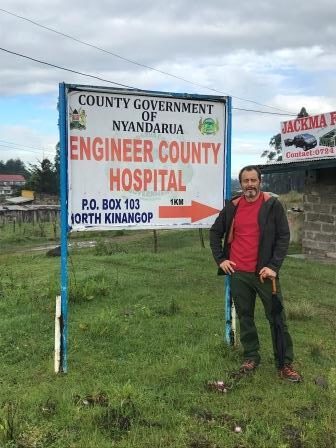
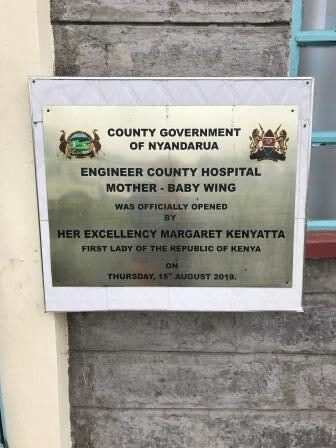

TEAM
This first campaign of “Cirujanos en Acción”in Engineer was offered us by Hernia International and was organized in a record time of two months. In it took part experienced volunteers like José Miguel Morán Penco, paediatric surgeon in Clideba, Badajoz, the nurses PepaFornier Coronado from the Matero-infantil Hospital Clideba, Badajoz, ConcepciónVilchez Rodrigo La Fe University hospital from Valencia and Manuela Dorado Alvarez from Rio Hortega Hospital of Valladolid.

As new members came the general surgeons of the University Hospital of Plana Vila Real (Castellón), José M Guallar Rovira and Vicente Pellicer Castell, the anaethetists Santiago Fernández Gacía of the University General Hospital of Castellón and Álvaro Becker Cárdenas of the Sagrat Cor Hospital of Barcelona, Valeria Solari, paediatric surgeon of the Sozialmedizinisches Zentrum Ost (Viene, Austria) and Antonio M Satorras Fioretti, general surgeon of the Public Hospital of Mariña, Lugo, whose hospital gave most of the medication we used.

We started on the night of December Friday6 from the Madrid airport in a flight Ethiopian Airlines with a stop at Addis Ababa, arriving at Nairobi on the morning of Saturday 7and were received by Peter Karanja, our local coordinator, who had to solve in customs at the last moment the paying of charges for importing materials and medicines.
After a travel of several hours by bus, delayed by the need of buying clothes for two members whose luggage had been stolen in Madrid or did not reach the airport, we reached the hospital at night and were received by the director of the center, Dr Junius Ntwageh.
On Sunday, after arranging the material we had brought with us, we began selecting cases. After the treatment given in the local media there chiefly came paediatric patients who were examined by us for the final selection.
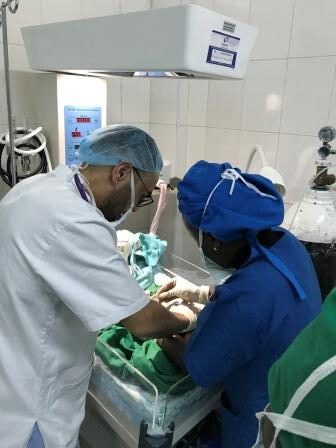
HOSPITAL
Engineer is a rural place in the Nyandarua County, two hours from Nairobi and a few kilometers South of the equator, close to the natural reserve of Aberdares. Given its altitude and the fact that it coincided with the rainy season, the presence of mosquitos was minimal, and we were told that there were no malaria cases in the whole zone.
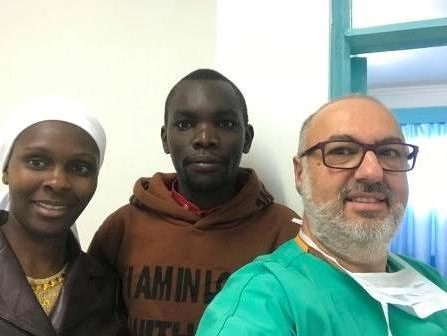
The Engineer County Hospital is a public centre made up by several buildings of one or two stages. In one on them was the surgical area in which we had a large operation theater where we placed two tables, and a close room with four beds, two of them monitoriced for the immediate postoperatory.

We had two respirators that worked with Halotano, Isoflurano (supplied by the hospital as we could not get it in Spain) and nitrose oxide, as well as just one electro scalpel terminal to which were added the two we had with us. More problematic was to get tubulaters for the lactants, though they were got form another hospital.
We also had a small place where we could carry out minor surgery interventions with local anaesthetics, and a resting place where we eat what the hospital itself sent us.
The hospital has several surgical instrumental sets which, even irregular, allow the carrying out simple surgeries like hernias or tumors of soft constitution in adult patients. For paedriatic patients we used sets we ourselves had brought.
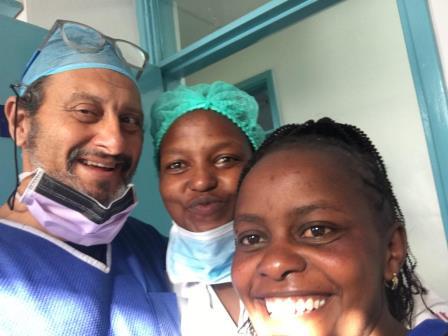
Although the hospital does have an autoclave there has been some difficulty to sterilise the instruments quickly; many white coats and cloths were disposable and supplied by us. We also used our own gauzes the usual gauze as the usual sterilization was in containers and it took too much time.
In the center there is also a radiology and ultrasound service and we asked for some studies, as well as a laboratory that carries out a hematological study and routine hematological test of VIH in all surgical patients. It besides offers assistance in toco-ginecology, maternity and infections, and it has a pharmacy that took care of the remaining medicines at the end of the campaign.

The patients were hospitalized in several rooms of the mother-child pavilion with nurses in charge, where several rooms of four or six beds were occupied one night at list.
The collaboration of the center staff was remarkable – with one more day or work on feast days – to be able to work on a greater number of patients, particularly those of nurses Beatriz and Erasmus and Rachel, the lady superviser of the operation theater with the preparation of sterilization of material. Also, the help of Shadrak and Daniel in consultations and when having to move.

ACTIVITIES
We suddenly realized that we had not received the necessary permission from the Health Ministry that would grant us to carry out assistential activities. Even when we insisted again and again the situation continued the whole afternoon and the morning of Monday, during which we received the visit of the Ministry for Health of the County. It was only in the afternoon when the license was signed and we finally could begin the campaign.
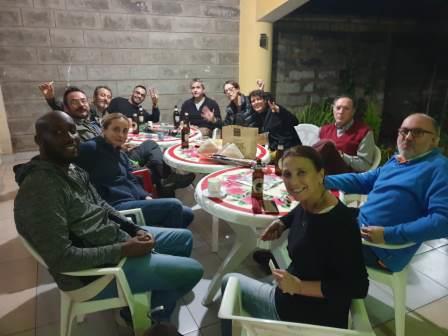
Besides, Thursday 12 was Jamhuri Day or Independence Day, a national feast that in which, in spite of our insistence we could only work in the morning (while we used the afternoon to visit Lake Naivasha with its hippopotamuses) and Saturday 15 at noon we finished up, so that we lost two full days for administration problems.

Working in two – and at times three – operation theaters we treated 80 patients with a total of 96 procedures. The majority were pedriatic (42 children and 38 adults) with ages between 3 months and 86 years, and predominantly men (61 men for 19 women).


The anaesthetics given have been general (43), regional (19) and local, with sedation (6) or without it (12).

In paediatric patients we carried out 27 orquidopexies for not descended testicles, 14 inguinal herniotomies, 5 umblicals, 6 circuncisions, and it treated a hand retractable burn, exploration of a cervical mass and one urethral dilatation.


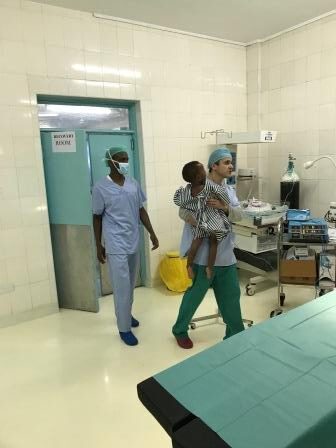
In adults we carried out 15 hernioplasties (6 inguinals, 5 umbilicals, 3 epigastric and one femoral), 6hidrocelectomies, exeresis of 17 hurts in soft parts and one orquidopexia. Besides we urgently treated a cesarea and sew up a face wound.
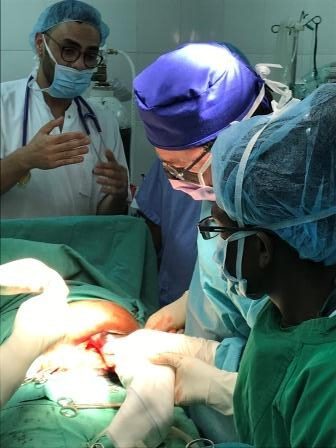

The larger part of patients spent one night in the postoperatory room. No significant complication appeared.
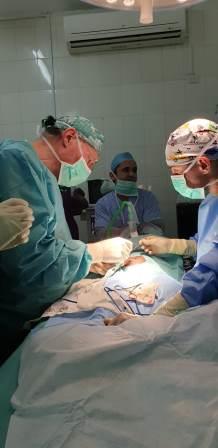
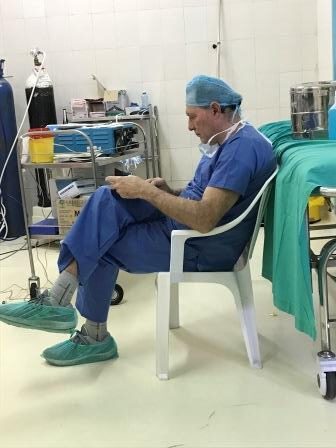
Staying Places
The only hotel with minimal standard for our stay in the neighbourhood was the Musa Garden, with simple rooms and without real Wifi. The price of 50 euros for person and night, breakfast included seemed too much to us. Supper in their dining room with soup, rice and vegetables and meat or fish cost about 7 euros per person and night. After that the terrace was used for relaxing a while.
Meals were taken in the same operation theater in order not to lose time, with a half morning breakfast and lunch with several options (rice, vegetables of various kinds and meat).

As it was the time of the rainy season, we suffered constant humidity, so that we could not dry up our clothes from one day to the next.
On the last night the county Gobernor offered us supper together with the authorities and workers of the hospital thanked us for the work done, gave us several gifts and insisted on our coming for more campaigns and promising to solve all administrative problems.

There was only left now our coming to Spain on Sunday after a visit to the Nairobi National Park In order to prepare a new campaign in a hospital with instalations and staff which allowed us to work properly.
Expenses
FOR EACH VOLUNTARY
Flight tickets… 600 euros
Stay (50 euros night, 8 nights)….400 euros
Suppers (7 euros night, 7 nights)… 42 euros
Price for volunteer… 1.042 euros
TOTAL COST… 10.420 euros
RECOMENDATIONS FOR FUTURE CAMPAIGNS
Election of dates that may not coincide with local festivals (December 12), preferably during the dry season.
Previous confirmation of temporal licences.
Need to take with us at least one diathermy generator.
Need to take all the paediatric instruments and some set for grownups.
Need for paedriatical tubulaters.
Little disposal of gowns (take disposable ones).
Price of lodgings more economical.

